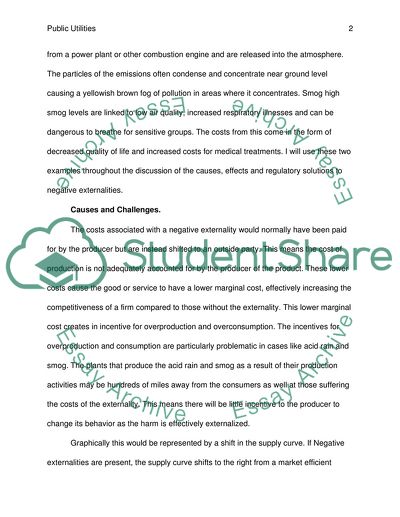Cite this document
(“Features Of Public Utility Economics Term Paper”, n.d.)
Features Of Public Utility Economics Term Paper. Retrieved from https://studentshare.org/macro-microeconomics/1747368-public-utilities
Features Of Public Utility Economics Term Paper. Retrieved from https://studentshare.org/macro-microeconomics/1747368-public-utilities
(Features Of Public Utility Economics Term Paper)
Features Of Public Utility Economics Term Paper. https://studentshare.org/macro-microeconomics/1747368-public-utilities.
Features Of Public Utility Economics Term Paper. https://studentshare.org/macro-microeconomics/1747368-public-utilities.
“Features Of Public Utility Economics Term Paper”, n.d. https://studentshare.org/macro-microeconomics/1747368-public-utilities.


